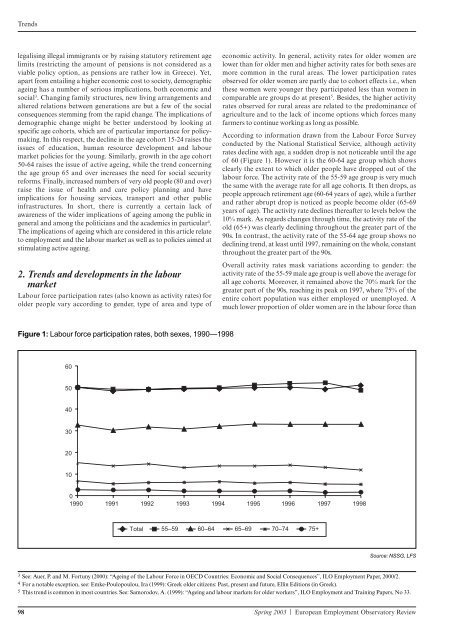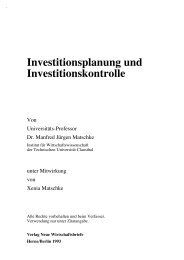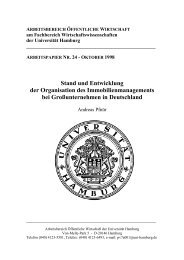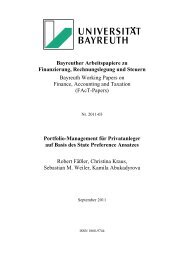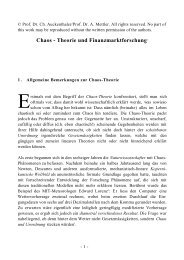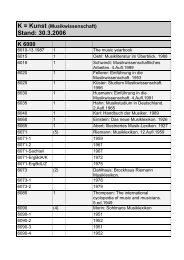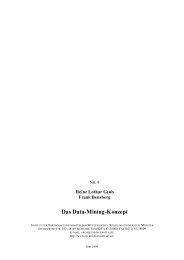FRANCE The
FRANCE The
FRANCE The
Create successful ePaper yourself
Turn your PDF publications into a flip-book with our unique Google optimized e-Paper software.
Trends<br />
legalising illegal immigrants or by raising statutory retirement age<br />
limits (restricting the amount of pensions is not considered as a<br />
viable policy option, as pensions are rather low in Greece). Yet,<br />
apart from entailing a higher economic cost to society, demographic<br />
ageing has a number of serious implications, both economic and<br />
social 3 . Changing family structures, new living arrangements and<br />
altered relations between generations are but a few of the social<br />
consequences stemming from the rapid change. <strong>The</strong> implications of<br />
demographic change might be better understood by looking at<br />
specific age cohorts, which are of particular importance for policymaking.<br />
In this respect, the decline in the age cohort 15-24 raises the<br />
issues of education, human resource development and labour<br />
market policies for the young. Similarly, growth in the age cohort<br />
50-64 raises the issue of active ageing, while the trend concerning<br />
the age group 65 and over increases the need for social security<br />
reforms. Finally, increased numbers of very old people (80 and over)<br />
raise the issue of health and care policy planning and have<br />
implications for housing services, transport and other public<br />
infrastructures. In short, there is currently a certain lack of<br />
awareness of the wider implications of ageing among the public in<br />
general and among the politicians and the academics in particular 4 .<br />
<strong>The</strong> implications of ageing which are considered in this article relate<br />
to employment and the labour market as well as to policies aimed at<br />
stimulating active ageing.<br />
2. Trends and developments in the labour<br />
market<br />
Labour force participation rates (also known as activity rates) for<br />
older people vary according to gender, type of area and type of<br />
Figure 1: Labour force participation rates, both sexes, 1990—1998<br />
60<br />
50<br />
40<br />
30<br />
20<br />
10<br />
+<br />
+<br />
+<br />
+<br />
+<br />
+<br />
+<br />
economic activity. In general, activity rates for older women are<br />
lower than for older men and higher activity rates for both sexes are<br />
more common in the rural areas. <strong>The</strong> lower participation rates<br />
observed for older women are partly due to cohort effects i.e., when<br />
these women were younger they participated less than women in<br />
comparable are groups do at present5 . Besides, the higher activity<br />
rates observed for rural areas are related to the predominance of<br />
agriculture and to the lack of income options which forces many<br />
farmers to continue working as long as possible.<br />
According to information drawn from the Labour Force Survey<br />
conducted by the National Statistical Service, although activity<br />
rates decline with age, a sudden drop is not noticeable until the age<br />
of 60 (Figure 1). However it is the 60-64 age group which shows<br />
clearly the extent to which older people have dropped out of the<br />
labour force. <strong>The</strong> activity rate of the 55-59 age group is very much<br />
the same with the average rate for all age cohorts. It then drops, as<br />
people approach retirement age (60-64 years of age), while a further<br />
and rather abrupt drop is noticed as people become older (65-69<br />
years of age). <strong>The</strong> activity rate declines thereafter to levels below the<br />
10% mark. As regards changes through time, the activity rate of the<br />
old (65+) was clearly declining throughout the greater part of the<br />
90s. In contrast, the activity rate of the 55-64 age group shows no<br />
declining trend, at least until 1997, remaining on the whole, constant<br />
throughout the greater part of the 90s.<br />
Overall activity rates mask variations according to gender: the<br />
activity rate of the 55-59 male age group is well above the average for<br />
all age cohorts. Moreover, it remained above the 70% mark for the<br />
greater part of the 90s, reaching its peak on 1997, where 75% of the<br />
entire cohort population was either employed or unemployed. A<br />
much lower proportion of older women are in the labour force than<br />
++ ++ ++ ++ ++ ++ ++ ++<br />
0<br />
1990 1991 1992 1993 1994 1995 1996 1997 1998<br />
3 See: Auer, P. and M. Fortuny (2000): “Ageing of the Labour Force in OECD Countries: Economic and Social Consequences”, ILO Employment Paper, 2000/2.<br />
4 For a notable exception, see: Emke-Poulopoulou, Ira (1999): Greek older citizens: Past, present and future, Ellin Editions (in Greek).<br />
5 This trend is common in most countries. See: Samorodov, A. (1999): “Ageing and labour markets for older workers”, ILO Employment and Training Papers, No 33.<br />
98 Spring 2003 | European Employment Observatory Review<br />
+<br />
Total 55–59 60–64 65–69 ++ 70–74 75+<br />
+<br />
+<br />
+<br />
+<br />
Source: NSSG, LFS


